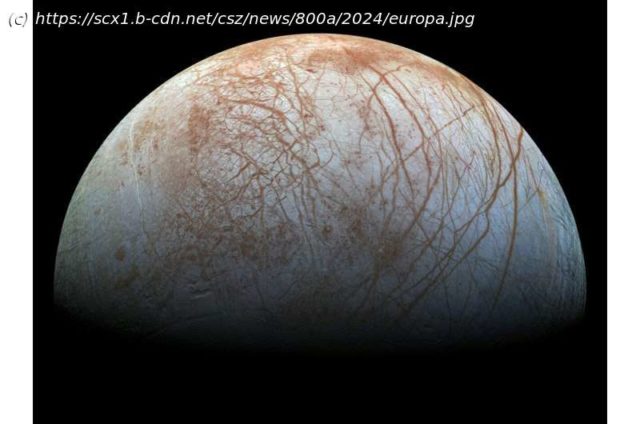Discovering extraterrestrial life would be one of the most profound scientific and philosophical revelations that our species has ever made. But such a big discovery won’t come easy. Our starting point is to first search other worlds for signs of habitability, that is, the potential for life to exist.
Discovering extraterrestrial life would be one of the most profound scientific and philosophical revelations that our species has ever made. But such a big discovery won’t come easy. Our starting point is to first search other worlds for signs of habitability, that is, the potential for life to exist.
NASA is doing just that: launching a spacecraft on October 10 to Europa, a moon of Jupiter holding twice the water of all Earth’s oceans combined. Europa’s ocean is between 60 and 150 kilometers deep and is hidden beneath an outer shell of ice that’s 15 to 25 kilometers thick. The evidence for an ocean began to mount from the late 1990s onwards.
The Europa Clipper mission will carry nine instruments designed to assess whether this ocean world is habitable. A place may be habitable for life as we know it if three ingredients are available: liquid water, energy and carbon-containing compounds called organics.
Earth has been teeming with life for almost four billion years, in spite of no less than five large mass extinction events. Water and organics are abundant on our planet, while sunlight powers photosynthesis in plants, allowing them to produce sugars that pass into the animal kingdom through plant-eating species.
However, Europa’s salty ocean is pitch black below a depth of several hundred meters, meaning photosynthesis has no chance there. This is why in 1977, when scientists explored even deeper, at close to 2,500 meters in a volcanic hotspot on the Pacific ocean’s seafloor, they were amazed to find life thriving around hydrothermal vents.
Home
United States
USA — IT NASA's Europa Clipper spacecraft will investigate whether an icy moon of Jupiter...






